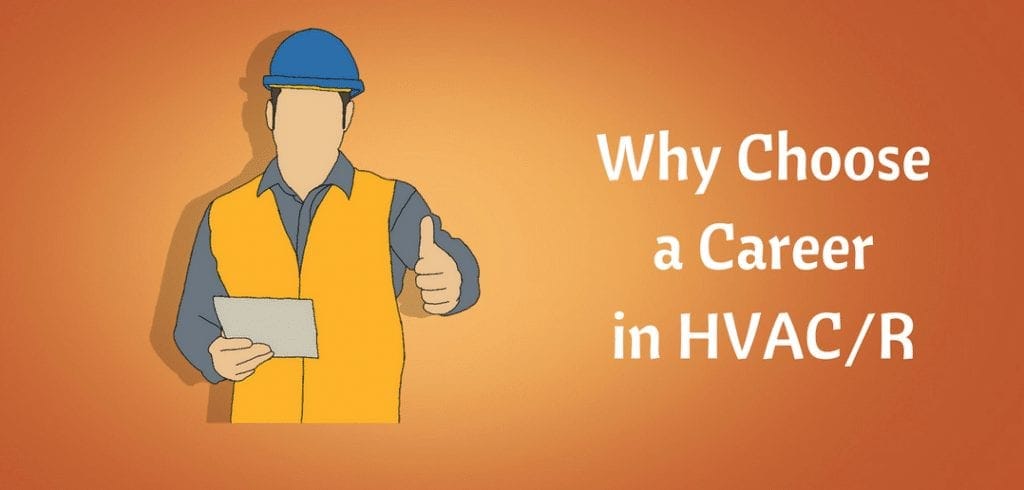The Ultimate Overview To Comprehending Warmth Pumps - How Do They Work?
The Ultimate Overview To Comprehending Warmth Pumps - How Do They Work?
Blog Article
Posted By-Grady Montoya
The very best heat pumps can conserve you significant amounts of cash on power costs. check out here can also help in reducing greenhouse gas emissions, particularly if you utilize electricity instead of fossil fuels like gas and heating oil or electric-resistance heaters.
Heatpump work significantly the same as a/c unit do. just click the following web page makes them a practical alternative to standard electric home heating unit.
How They Function
Heatpump cool homes in the summer season and, with a little help from power or gas, they offer several of your home's heating in the wintertime. They're a great alternative for individuals that want to lower their use nonrenewable fuel sources but aren't ready to replace their existing heating system and air conditioning system.
They count on the physical fact that also in air that seems too chilly, there's still energy present: warm air is constantly moving, and it wishes to relocate into cooler, lower-pressure environments like your home.
The majority of ENERGY celebrity accredited heat pumps run at close to their heating or cooling ability throughout the majority of the year, lessening on/off biking and saving power. For the best performance, focus on systems with a high SEER and HSPF ranking.
The Compressor
The heart of the heatpump is the compressor, which is likewise called an air compressor. This mechanical moving tool uses possible power from power development to enhance the stress of a gas by reducing its volume. It is various from a pump in that it only services gases and can not deal with fluids, as pumps do.
Atmospheric air enters the compressor via an inlet shutoff. It circumnavigates vane-mounted arms with self-adjusting length that separate the inside of the compressor, developing numerous dental caries of differing dimension. The rotor's spin forces these tooth cavities to move in and out of phase with each other, compressing the air.
The compressor attracts the low-temperature, high-pressure refrigerant vapor from the evaporator and presses it right into the hot, pressurized state of a gas. This process is duplicated as needed to provide heating or cooling as needed. The compressor additionally includes a desuperheater coil that reuses the waste heat and adds superheat to the cooling agent, changing it from its fluid to vapor state.
The Evaporator
The evaporator in heat pumps does the exact same thing as it performs in refrigerators and a/c, changing fluid refrigerant into a gaseous vapor that eliminates warmth from the space. Heat pump systems would certainly not work without this important piece of equipment.
This part of the system lies inside your home or structure in an interior air handler, which can be either a ducted or ductless unit. It contains an evaporator coil and the compressor that compresses the low-pressure vapor from the evaporator to high pressure gas.
Heatpump take in ambient warm from the air, and after that make use of electrical power to move that warm to a home or organization in heating setting. That makes them a great deal extra power effective than electrical heating systems or heating systems, and due to the fact that they're using tidy electrical energy from the grid (and not burning gas), they additionally produce far fewer exhausts. That's why heat pumps are such great ecological selections. (And also a big reason they're becoming so preferred.).
The Thermostat.
Heatpump are fantastic options for homes in chilly climates, and you can use them in mix with typical duct-based systems and even go ductless. They're a fantastic alternative to nonrenewable fuel source heating systems or conventional electric furnaces, and they're extra lasting than oil, gas or nuclear heating and cooling equipment.
Your thermostat is one of the most crucial part of your heat pump system, and it functions really in a different way than a traditional thermostat. All mechanical thermostats (all non-electronic ones) job by utilizing substances that alter dimension with boosting temperature level, like curled bimetallic strips or the increasing wax in a cars and truck radiator shutoff.
These strips contain two various sorts of steel, and they're bolted together to develop a bridge that completes an electrical circuit linked to your heating and cooling system. As the strip gets warmer, one side of the bridge expands faster than the other, which triggers it to bend and signal that the heating unit is needed. When the heat pump is in home heating setting, the turning around valve turns around the circulation of refrigerant, to make sure that the outdoors coil currently functions as an evaporator and the indoor cyndrical tube ends up being a condenser.